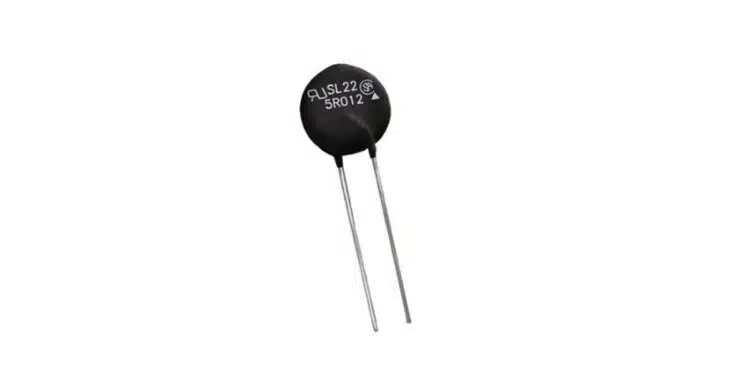Vishay Intertechnology, Inc. announced that its Vishay Ametherm SL2220007 big AMP inrush current limiting negative temperature coefficient NTC thermistor has received UL certification.
The certification process – conducted by UL Solutions under File E209153, Volume 1 – verified that the SL2220007 thermistor complies with the stringent UL Mark requirements for safety and performance.
“Achieving UL recognition for the SL2220007 is an important milestone that underscores our commitment to delivering high performance, safety-verified solutions,” said Eric Rauch, VP Vishay Ametherm at Vishay Intertechnology.
“UL certification is a trusted benchmark worldwide. The UL Mark on the SL2220007 gives our customers added assurance that the thermistor meets the highest standards for quality, safety, and reliability for their most demanding power designs.”
The SL2220007 offers a steady-state current of 7 A while maintaining rugged reliability and long-term performance. Optimized for switching power supplies, AC motors, uninterruptible power supplies (UPS), industrial inverters, and variable frequency drives, the thermistor protects circuits by absorbing high inrush current when equipment is first powered on.
It provides high initial resistance that quickly drops to a negligible level as steady-state current begins to flow, enabling the device to handle up to 125 J of energy and 265 VRMS of voltage with minimal power loss.
Samples and production quantities of the UL-recognized SL2220007 are available now.
































